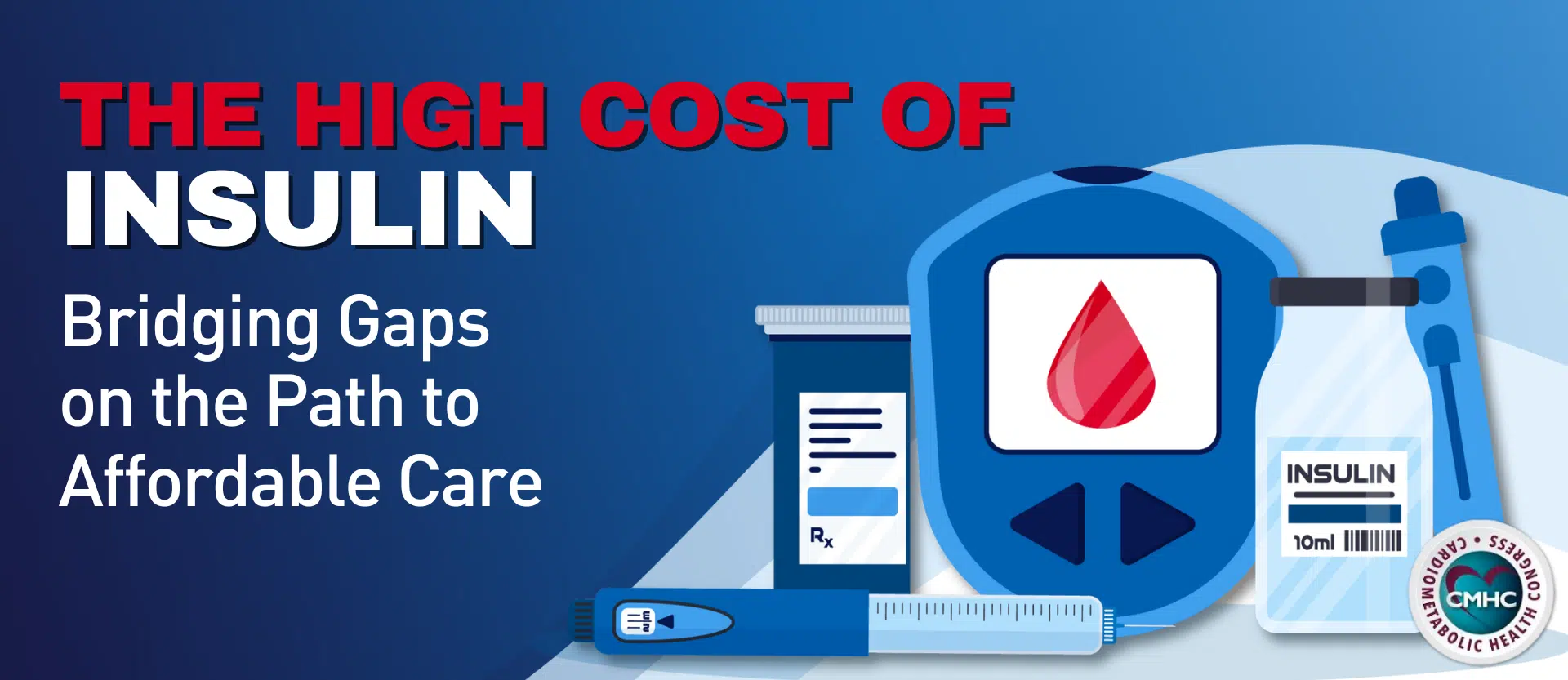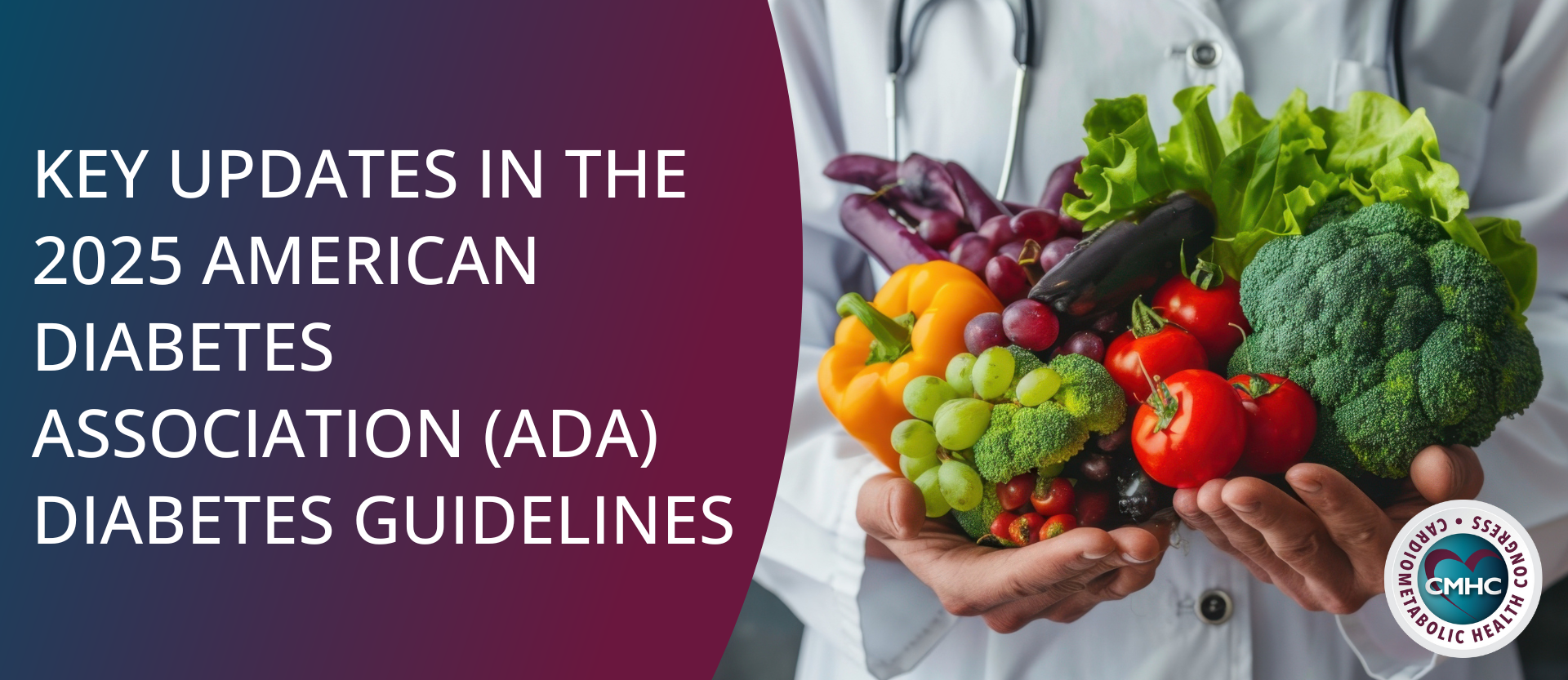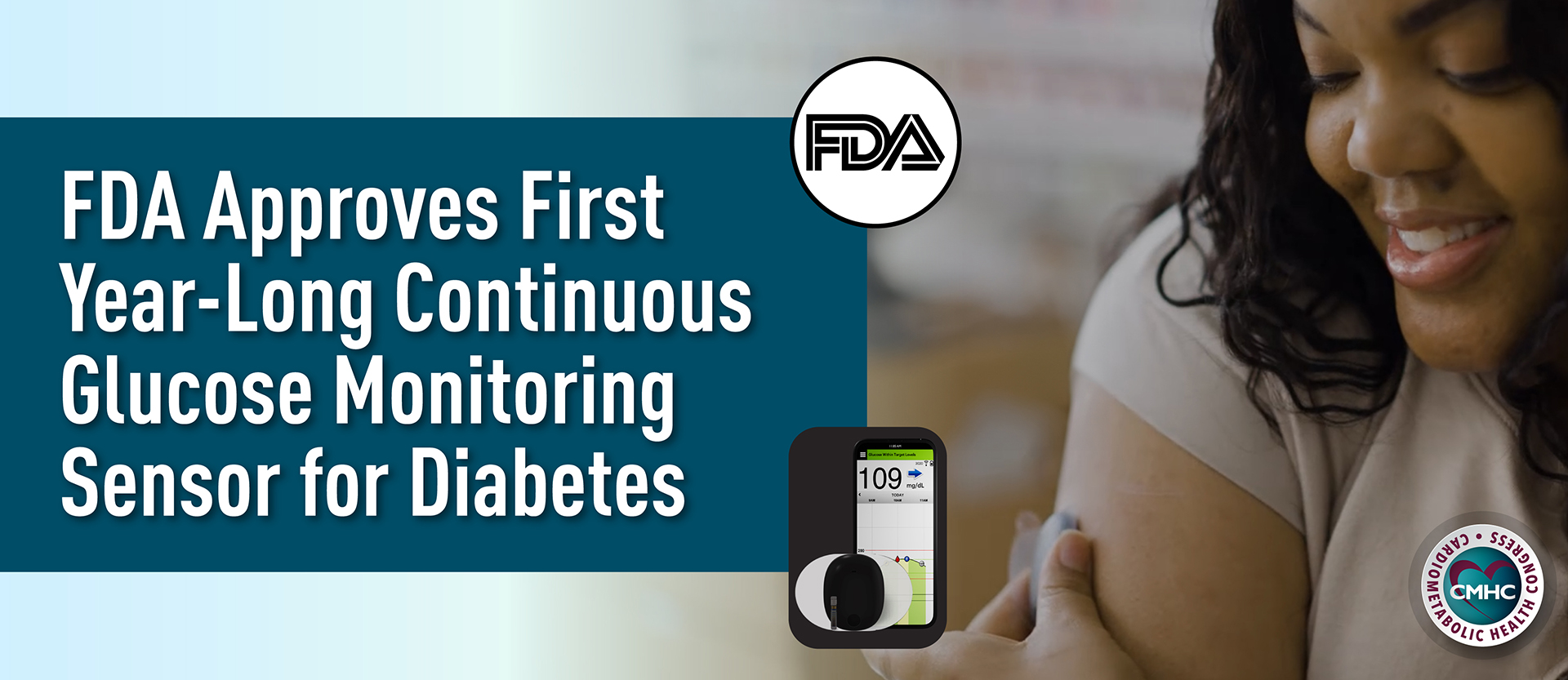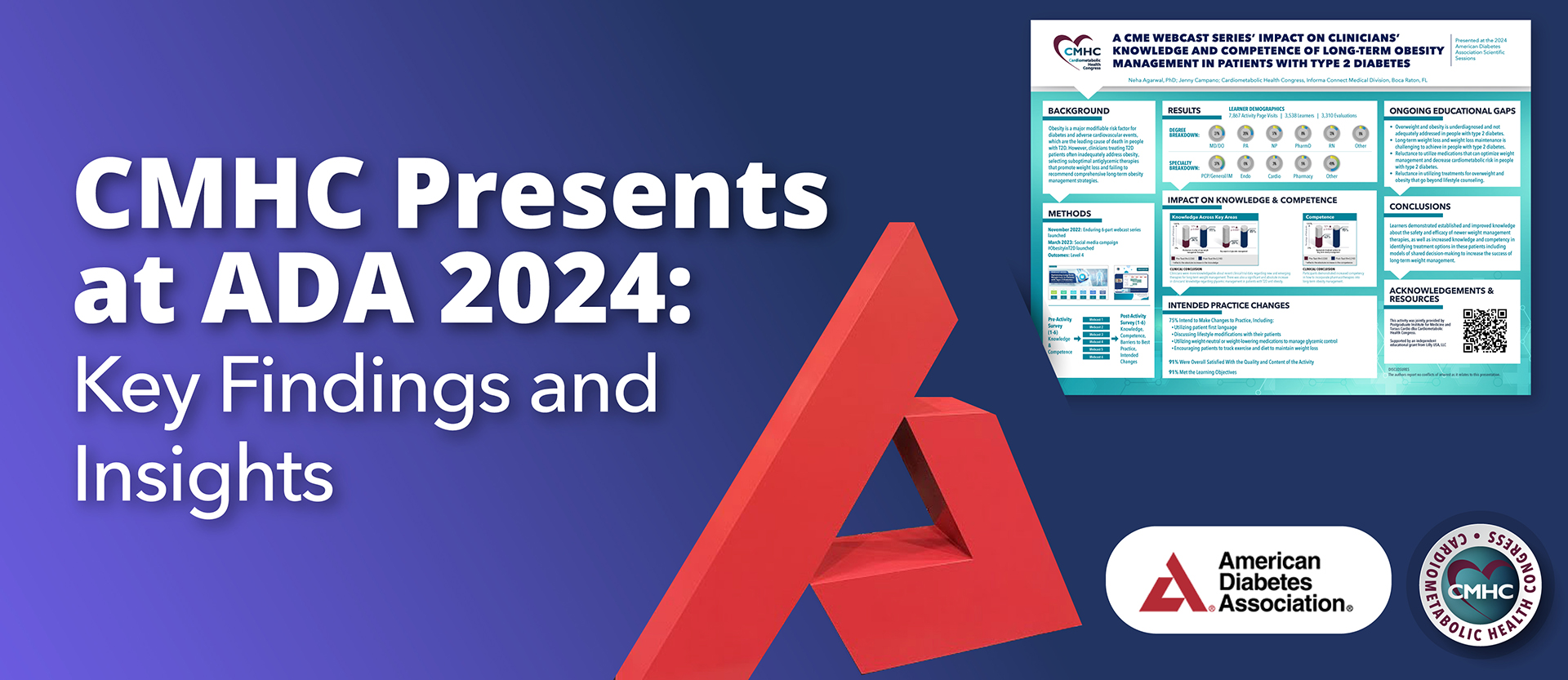Why are insulin prices so high? Short history from development to today’s price hikes
Doctors Frederick Banting and Charles Best successfully isolated the hormone insulin just over 100 years ago, dramatically changing the lives of those with diabetes. When Nobel Prize Winner Banting discovered insulin, out of ethical consideration, he refused to put his name on the patent. His co-inventors, James Collip and Charles Best, sold the insulin patent to the University of Toronto for $1 apiece. Banting and his colleagues wanted the medication to be affordable and accessible for everyone who needed it. Sadly, since then, the average insulin price has nearly tripled over the last three decades, creating a barrier for as many as 1 out of 3 individuals with diabetes.
However, we continue to see incremental improvements in the field of insulin therapy. Since 1923, technologies have emerged for insulin production, delivery of insulin, and blood glucose monitoring, including insulin pens, insulin pumps, lancets, test strips, and continuous glucose monitoring (CGM)—for those who can afford it. Yet, the promise of new technologies that can make diabetes management more accessible and safer remains out of reach for too many Americans.
What are the consequences of steep insulin costs?
Over 38 million children and adults in the United States have diabetes, and it’s a fast-growing nationwide epidemic. Up to 8.4 million Americans with diabetes need to inject insulin to survive, according to the American Diabetes Association.
Skyrocketing insulin costs—rising nearly four times faster than inflation—lead to rationing. A recent study analyzed the 2021 National Health Interview Survey and estimated that over 1.3 million Americans ration insulin. Rationing can look like skipped doses, using less than needed, and delaying the purchase of insulin. It is dangerous and can lead to life-threatening complications such as kidney disease, vascular disease, and neuropathy.
How a decades-long battle of federal and state government, drug companies, and insurance companies led to a $35 insulin price cap
On January 1, 2024, Sanofi followed in Eli Lilly and Novo Nordisk’s footsteps to cap out-of-pocket insulin costs at $35 and slash list prices on select insulin products for select individuals in the US.
- Sanofi reduced the list price of Lantus, its most widely prescribed insulin, in the US by 78% and established a $35 out-of-pocket cap for Lantus for those under commercial insurers.
- Eli Lilly cut the list price for its most commonly prescribed insulin therapies by 70% and expanded its Insulin Value Program that caps costs at $35 or less.
- Novo Nordisk lowered list prices on several of its insulin products by up to 75% and continues to run programs that cap insulin costs at $25-35 for eligible patients.
These pharmaceutical giants—who control over 90% of the insulin market—have long cited the need to charge high prices for their medications to offset research and development costs.
However, increasing government and activist pressure has forced manufacturers to lower insulin costs. The recent price cuts mirror the insulin caps for Medicare enrollees that took effect last year as part of President Biden’s Inflation Reduction Act.
There is a critical difference between Medicare and manufacturers’ price caps: The Medicare provision is automatic, while the manufacturers’ is not. Insulin manufacturers require individuals to register in the program, creating complications and barriers to entry. Furthermore, pharmaceutical companies can decide at any time to stop providing a reduction in insulin costs. Unlike Medicare insulin caps, manufacturer price cuts can help those under private insurance or those not insured.
What is the future outlook for insulin treatment, and are there promising alternatives?
This recent announcement by Sanofi to lower insulin costs is a step to ensure every American has access to this life-saving medication. While the latest insulin price cap is to be celebrated, prices are subject to policy and market changes.
With drug costs historically high and subject to inflation, there is an urgent need to develop and approve insulin alternatives that are effective and affordable for all. Research at the University of Pennsylvania sheds new light on the potential of plant-based insulin. There is also growing evidence for type 2 diabetes reversal, including metabolic surgery, formula-based diets, and low-carb diets.
At Cardiometabolic Health Congress (CMHC), we prioritize bringing you the latest developments and cutting-edge research. In our upcoming complimentary, half-day virtual CME course, Strategies for Reversing Type 2 Diabetes: Advances, Perspectives, and Expert Discussion, you’ll cover insights and practical strategies for the reversal of type 2 diabetes, with a focus on the role of low-carbohydrate interventions in this setting of emerging insulin options. Reserve your seat and learn from world-class experts at the forefront of diabetes management.
To ensure all individuals with diabetes have access to diabetes management, stakeholders must prioritize the patient and address social determinants of health.








